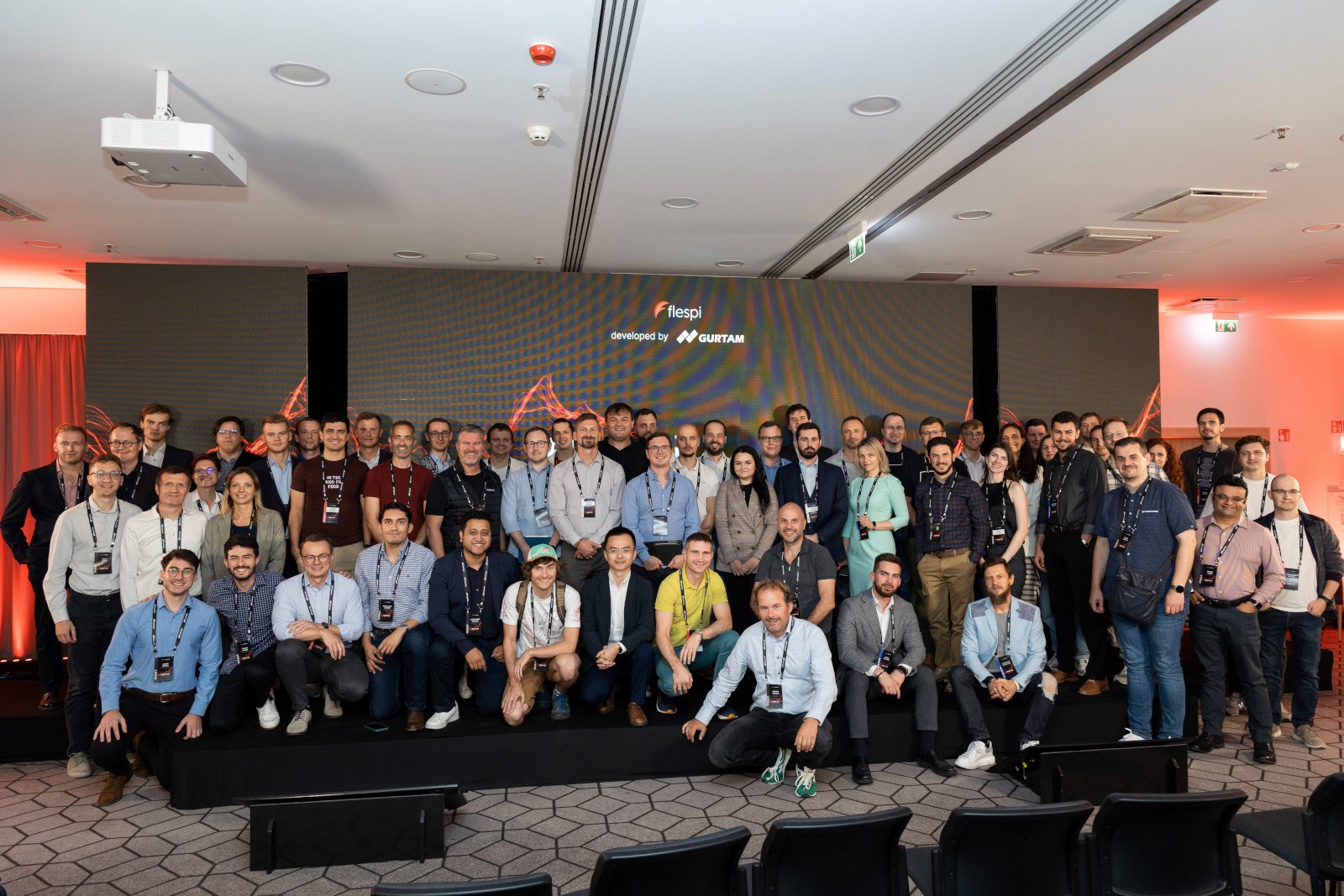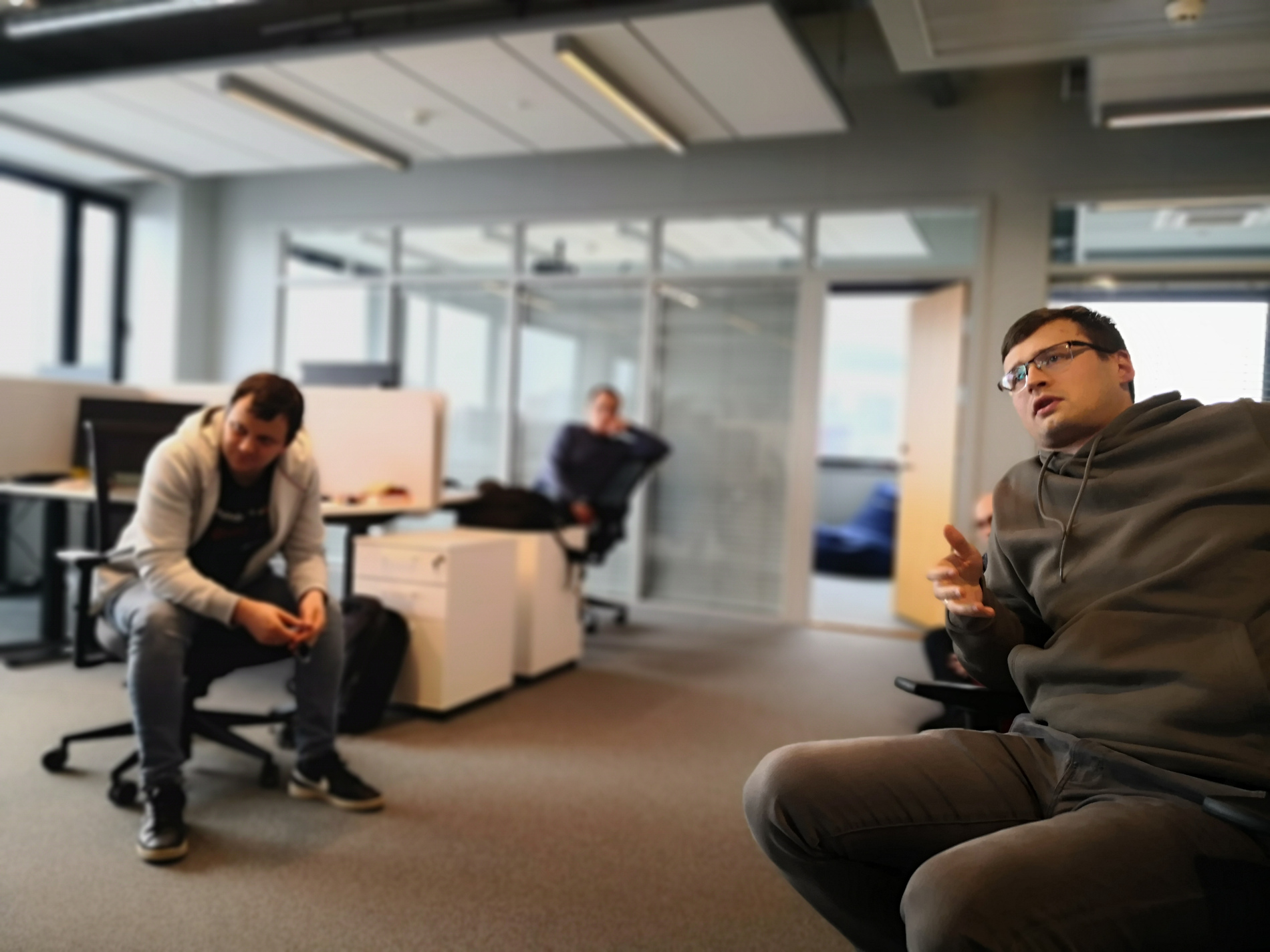In early January, we spent a few days talking to each other, figuring out where we stand, and plotting our course ahead. Meanwhile, our AI assistant, codi, was grinding away, helping users with all things flespi. It gave us the time to dive deep into our present and future plans. And let me tell you, its assistance left a mark on our upcoming ventures. But let's break it down.
Let's see how we rocked our planned roadmap for 2023.
We set three primary tracks for development:
Evolve from a telematics backend into a full-fledged telematics platform.
Keep leveling up the user experience with the existing GUI and API services.
Amp up services and data durability.
I won't dive into all the implementation details; you can find the monthly results in our regular change logs. Nothing groundbreaking, except for the second data center successfully launched in the EU region, providing RAID-1 redundancy to our service.
Now, let me remind you of three new projects we decided to implement in 2023:
Automation module.
Video telematics.
Automatic anomaly detection and notification.
For automation tasks, we implemented webhooks. They're not the same as the simple triggers and actions concept we initially discussed, but they align well with calculators in complexity and flexibility. Perfect for applying solid NO-code solutions right inside flespi.
Video telematics functionality was introduced in December, in line with the schedule.
However, automatic anomaly detection got sidelined in 2023. Higher-priority projects have been stealing the spotlight.
Two out of three major new projects were a success, which isn't too shabby, if you ask me. Not to mention the slew of functionality we implemented though didn’t initially plan—it’s a long list, you can check out the details in our monthly change logs. I'll highlight one unexpected gem: our first-ever flespi conference that took a lot of effort from the whole team. A mind-blowing offline event for 100 people, designed, announced, and executed at a highly professional level in just three months. Unbelievable but true! 😉
Now, in early 2024, amid heated discussions about our next moves, we realized that measuring integration and usage levels between flespi and its users divides them into two categories:
Middleware: Those needing us as a hub for data parsing, cleaning, correcting, enhancing, normalization, API-based data consumption, and device management.
Backend as a Service: Those exploring advanced flespi functions like analytics, relying their reporting and notifications engines upon us, and sometimes even exposing flespi tokens to users for direct interaction.
For middleware-type integrations, we have all functions with channels, devices, streams, plugins already in their high-functionality mode, still improving slightly one or another. This type of integration is primarily used by existing Telematics Service or Platform Providers, where flespi is usually inserted as a replacement for their data ingestion module. These are easy integrations, with large volumes and low revenue per device.
On the flip side, backend as a service type integrations are predominantly used by startups and companies of relatively small sizes aiming to accelerate the complex integration of telematics into their applications. It’s not just about messages; it includes events, reports, complex data processing schemes, and more. However, for these types of integrations, we sometimes lack some important functionality. This gap persists because the wish list is unlimited by definition. These are difficult integrations, with small volumes and high revenue per device.
At the end of our discussion, we concluded that flespi perfectly fits both types of integrations, and we will split our development efforts between them, prioritizing the backend as a service as it's more future-proof. I am confident that we will be able to assist these startups in growing into large and successful businesses in the years to come. We'll grow and scale with them.
In 2024, we'll keep on enhancing the functionality of our video telematics solution based on user feedback and requirements. I do believe that flespi, with its price, integration simplicity, and functionality, will shake the market just like we did with Wialon 15 years ago and continue to do on the telematics-via-API market with our middleware capabilities.
A special feature for the European TSPs market will be the tachograph functionality. We plan to enrich flespi with the ability to remotely retrieve DDD files from Tachographs this summer. Just like with video functionality, this will be a breeze for hundreds of integrators on the European market with their custom-built platforms.
And last but not least, we're leveling up codi, our AI assistant, to a whole new realm of operations and knowledge in Telematics. Picture this: a super expert who knows everything about devices, their configuration, protocols, specialized programming, and more. We already have 30% of our support and sales services backed by AI at a high quality level, and we aim to crank this up a lot. Imagine an AI that can diagnose issues with your device, suggest fixes, and even solve your problem by constructing flespi plugins, calculators, webhooks, and more. Not just a chatting documentation expert, but something much more capable.
We'll start with generative AI for our goals and users. If we nail it, we might even create an API for telematics AI service that you can use within your services to solve your users' problems.
This doesn't mean we're ditching telematics for generative AI. Far from it. We're excited to bring new generative AI capabilities into our telematics world, training it to solve very specific problems of ours, and, in the end, enabling you to do the same in your services and applications. I believe it's worth a shot!

